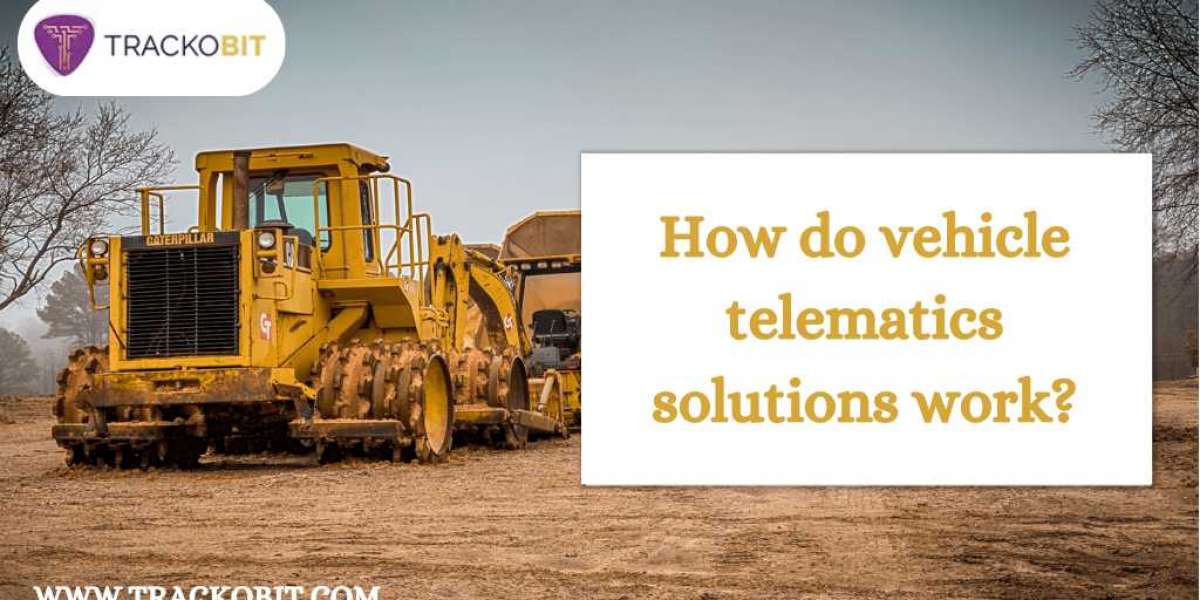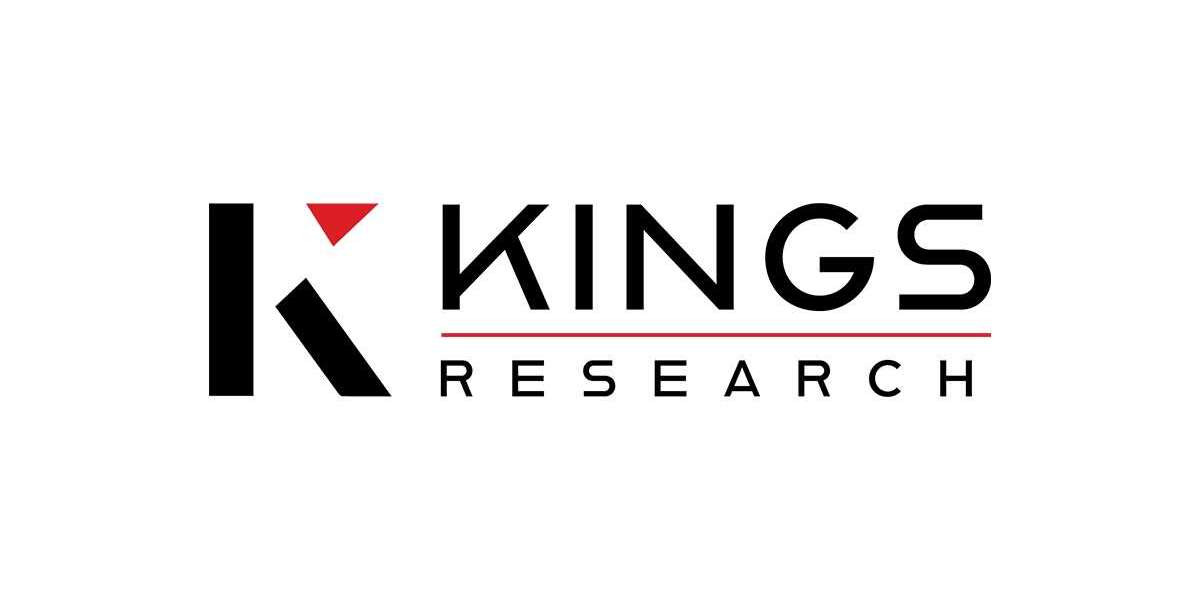Vehicle telematics is a powerful technology that revolutionizes how we manage vehicle fleets.
The technology seamlessly integrates telecommunications vehicular technologies, telematics systems enable the continued exchange of data between vehicles a remote receiver, typically via wireless communication networks.
This piece is all about what exactly vehicle telematics solutions are how the technology works. In the further sections, we’ll be unfolding how they help in optimizing performance, improving fuel efficiency, enhancing safety a lot more.
So, without any further ado let’s get started!
What is a Vehicle Telematics Software? (The Definition)
Vehicle telematics software is a technology solution that combines telecommunications, vehicular technology data analytics to monitor, manage optimize vehicle operations.
It enables businesses and individuals to track and analyze various aspects of vehicle performance, driver behavior, and fleet activities in real time.
What are the Key Components of Vehicle Telematics Software?
Well, the key components of GPS tracking can be categorized into hardware, software connectivity elements that work together to collect, transmit analyze vehicle-related data.
Below are the primary components of vehicle telematics software-
- GPS Tracking System
The main purpose of a GPS tracking system is to track the real-time location of the vehicle.
The key features of a GPS tracking system are navigation route planning, live vehicle tracking history playback monitoring route deviations.
- Onboard Diagnostics (OBD) Devices
When it comes to OBD devices, it helps gather data directly from the vehicle’s engine other systems.
Further, they help in providing insights into engine health engine performance. Additionally, it helps track parameters like fuel consumption, RPM, speed, and engine fault codes.
- Sensors IoT Devices
Up next are sensors IoT devices. The main purpose of these is to monitor specific vehicle environmental parameters.
There are various types of sensors like-
Fuel Sensors: Tracks fuel levels and prevents fuel theft.
Tire Pressure Monitoring Systems (TPMS): Monitors tire pressure and temperature.
Temperature Sensors: Ensures temperature control, especially in cold chain logistics.
Load Sensors: Monitors the weight of goods in transport.
- Communication Networks
Communication networks enable data transmission between the vehicle the software platform.
- A Fleet Management Software
The main function of fleet management software is to process large volumes of telematics data securely.
Some of the most common features of fleet management software are to provide fleet managers with real-time dashboards with detailed vehicle and fleet insights and help you with customizable reports analytics, etc.
- Cloud Storage Processing
Next comes cloud storage processing. It helps store process large volumes of telemetry data securely.
Some of the most common advantages of cloud storage are to provide you with scalable storage for historical data enable remote access from any location.
Now that you know what vehicle tracking systems are the key components of the systems, let’s have a quick look at how these systems work.
How Do Vehicle Tracking Systems Work?
A vehicle tracking system works by combining GPS technology, sensors, and communication networks to monitor and manage vehicles in real time.
A GPS device installed in the vehicle collects location data (latitude, longitude, speed, and direction) and vehicle-specific data, such as engine performance, fuel consumption, and driver behavior.
The GPS device communicates with a network of satellites to determine the vehicle’s precise location through a process called trilateration.
This data is then transmitted via cellular or satellite networks to a centralized server, where it is processed and organized.
The processed information is displayed on a user-friendly platform, such as a web-based dashboard or mobile app, enabling fleet managers or vehicle owners to view real-time vehicle locations, trip histories, and performance metrics.
Advanced features, such as geofencing, send alerts if a vehicle enters or exits predefined boundaries, while analytics tools provide insights for fuel optimization, route planning, and driver safety.
With additional components like sensors and dashcams, vehicle tracking systems also monitor factors like tire pressure, temperature, and driving behavior, ensuring comprehensive fleet management and operational efficiency.







